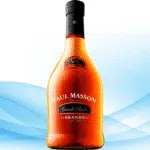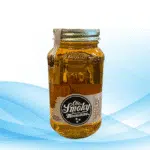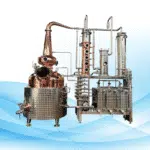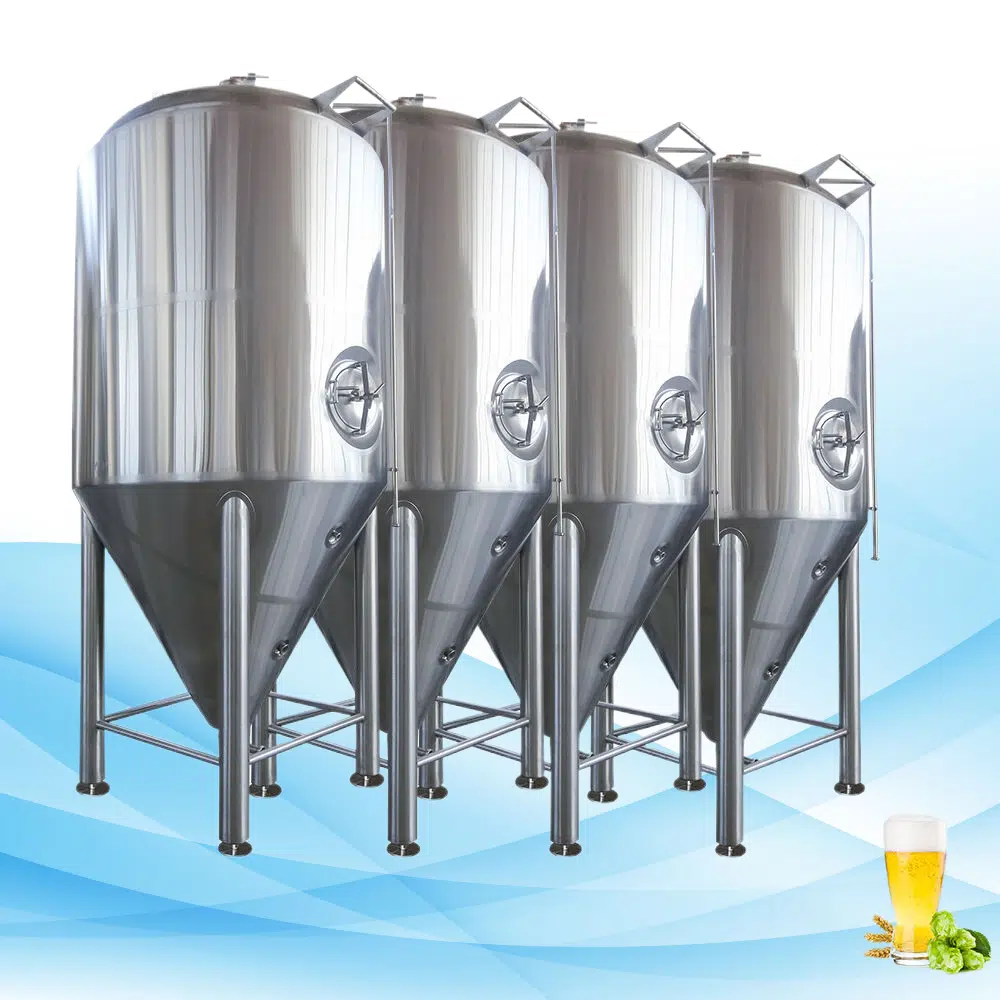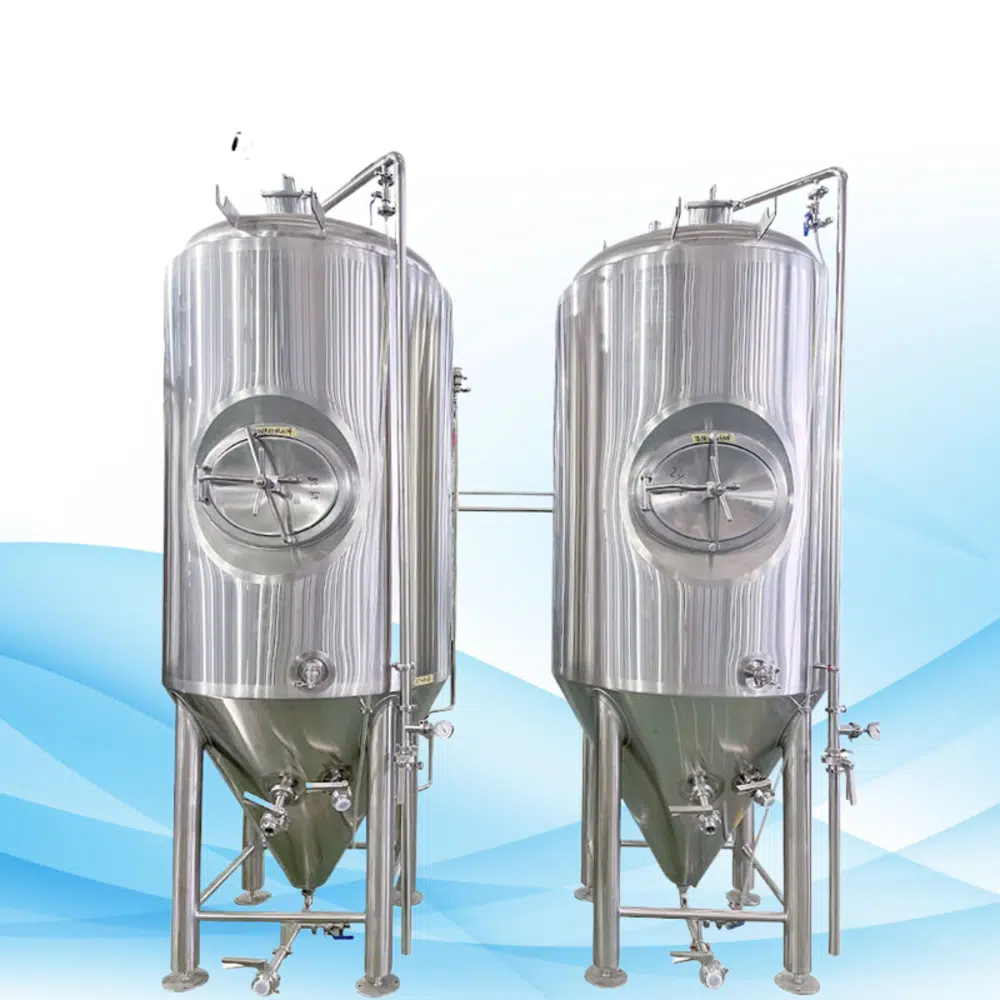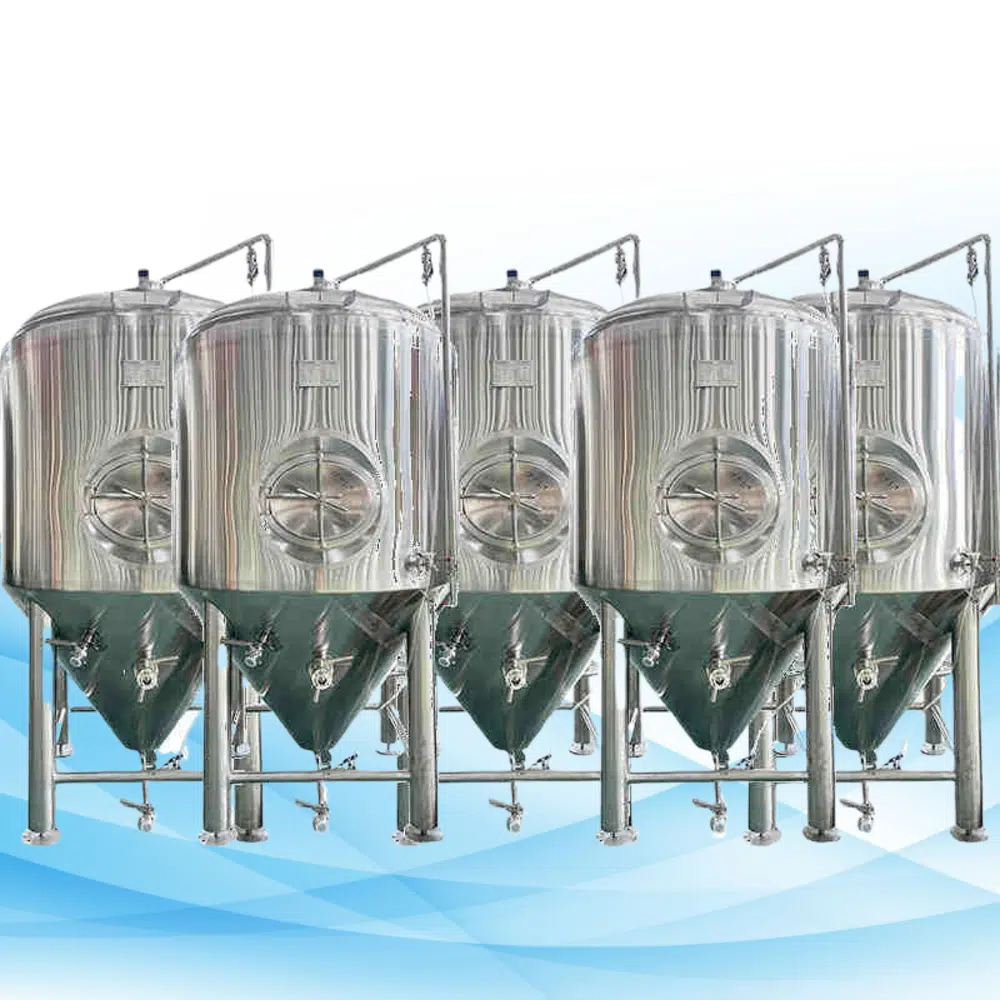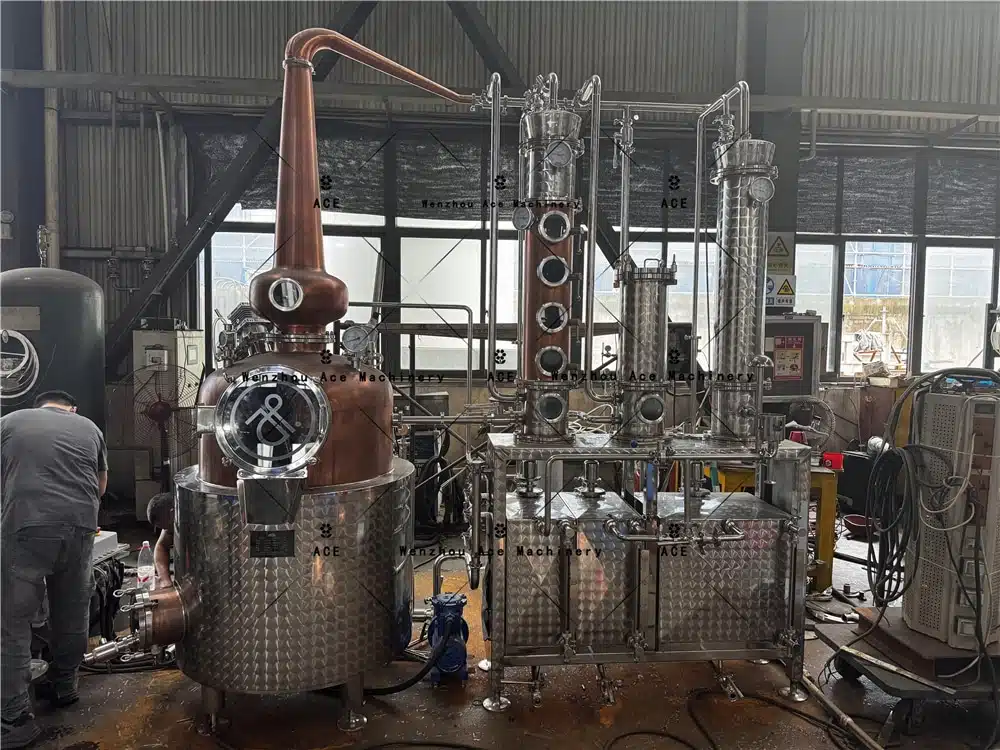What is Brewing? A Comprehensive Guide
Brewing is often considered a kitchen pastime, yet it is also a technical discipline that dates back thousands of years and appears in nearly every corner of the globe. Be it beer, coffee, tea, or herbal tisanes, brewing describes the gentle reunion of solid matter and hot water, a reunion that teases out color, aroma, and taste. When we stop to think about it, almost every cup or glass we lift has travelled a quiet, yet intricate journey towards its final form. This essay will clarify what brewing means in practical terms, outline its major varieties, and discuss why the practice matters, both to everyday consumers and to larger economic sectors.
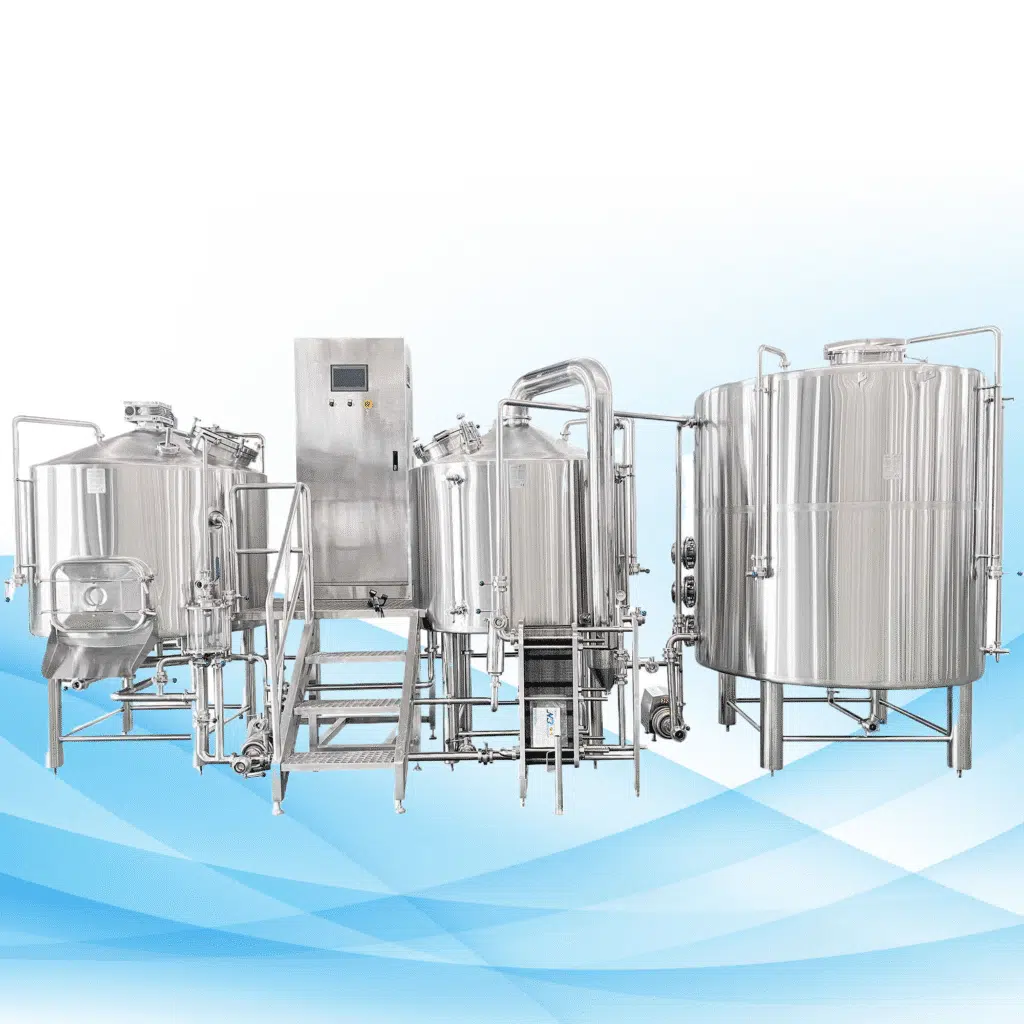
Understanding Brewing: The Basics
At heart, brewing is the controlled union of raw ingredients—such as malted grains, hops, water, and yeast in beer, or roasted coffee beans and water in everyday filtration techniques—with the applied forces of heat and time. Depending on the desired drink, the sequence may lean more heavily on fermentation as it does in the brewing of beer, or purely on extraction as in most coffee preparations. In all cases, however, the goal is the same: to convert garden-variety plant material into a stable, flavorful liquid that we can safely and enjoyably ingest. Because brewing balances physics, chemistry, and subtle aesthetic judgment, it straddles the boundary between craft and science.
Different Types of Brewing
Although brewing can mean many different things, all methods rely on the same basic chemical principle: controlled extraction of flavor compounds. Here are a few of the most common techniques used worldwide.
Beer Brewing
Beer brewing is one of humanity’s oldest craft traditions, and remains remarkably similar today to its earliest forms. Four primary ingredients—water, malt (often barely), hops, and yeast—guide the process through a series of interdependent stages.
- Mashing: The crushed, malted grain is combined with warm water, allowing enzymes to break down starch into fermentable sugars.
- Boiling: The resultant sweet liquid is vigorously boiled, during which fragrant hops are added for bitterness, flavor, and preservation.
- Fermentation: Once cooled, the wort is inoculated with yeast, which consumes the sugars and produces alcohol and carbon dioxide.
- Conditioning: After primary fermentation, the young beer is conditioned in tanks or barrels so that remaining solids settle out and flavor matures before bottling.
Coffee Brewing
Although far shorter, coffee brewing shares the objective of drawing out aromatic and soluble compounds from a raw material. Several practical methods are commonly employed in homes and cafés alike.
- Drip Brewing: Heated water is evenly distributed over ground coffee, then passes slowly through a filter. This familiar cascade extracts oils, acids, and sugars, presenting a clean, balanced cup.
- Espresso: Espresso brewing uses high pressure to push hot water through finely ground coffee, yielding a small but intense shot with pronounced cream.
- French Press: The French press method lets coarsely ground coffee soak in hot water for several minutes before a metal mesh plunger separates the immersed grounds.
Because of the extraction time and technique, espresso tastes concentrated, while drip coffee presents a cleaner, more balanced profile.
Tea Brewing
Brewing tea is an extraction process, yet its fragile leaves require gentler handling than coffee or malted grains.
- Basic Infusion: Basic infusion involves pouring hot water over tea leaves for a timed steep that pulls oils, polyphenols, and aroma compounds into the liquid.
- Cold Brew: Cold brew, by contrast, soaks the leaves in cool water for several hours, producing a mellow cup with reduced bitterness and acidity.
- Herbal Infusions: Herbal infusions, such as chamomile or peppermint, follow the same principle, though maceration—shattering or bruising the plant material—may open cells and quicken flavor release.
- Specialty Drinks: Specialty drinks like kombucha depart further from simple steeping; white sugar and brewed tea ferment under yeast and bacteria to form a lightly sparkling, tangy tonic.
The Brewing Process: Step-by-Step
Although each beverage has its own traditions and tweaks, most brewing methods move through three main stages—extraction, fermentation when needed, and final separation. Here is an overview of those stages:
- Preparation: First, the base materials—grains, leaves, or seeds—are chosen and readied. Depending on the drink, this step may involve cleaning, crushing, or allowing the grain to sprout and dry again (malting).
- Heating: The prepared ingredients are then steeped or boiled in hot water. The heat coaxes flavor, aroma, and essential oils into the liquid.
- Fermentation, if included: Drinks such as beer, cider, and kombucha rely on fermentation, where yeast or other microbes metabolize sugars, producing alcohol, carbon dioxide, and a range of secondary compounds that shape taste and mouthfeel.
- Filtration: After fermentation or steeping, the mixture usually contains solid particles, yeast, or sediment that cloud the final product. Filtering or straining clears these materials, leaving a bright beverage.
- Packaging: The finished drink is then cooled, bottled, canned, or served. Whether in a takeaway cup, a swing-top bottle of homebrew, or a carafe of cold brew, the last step prepares the product for enjoyment.
The Science Behind Brewing: Chemistry and Extraction
Brewing, though often seen as a craft, is governed by predictable chemical principles. Heat, water, and occasionally exposure time encourage solubility and reaction, transferring desired components from solid to liquid. In roasted coffee, for instance, the Maillard reaction between amino acids and reducing sugars develops the characteristic browning and aroma; comparable reactions occur in toasted grains and malted barley.
Fermentation in beer brewing not only generates alcohol and carbon dioxide; it also synthesizes a wide spectrum of flavor compounds, including fruity esters and spicy phenols. Grasping the underlying chemical interactions enables brewers to fine-tune taste and aroma reliably.
Why Brewing is Important
Brewing transcends mere beverage production; it constitutes a cultural, social, and economic pillar of many communities. The following points illustrate its broad significance:
- Cultural Tradition: Brewing practices stretch back millennia. From ancient Egyptian barley beers to Japanese sen cha ceremonies, processes of fermentation and infusion have long marked communal rituals.
- Economic Impact: Globally, brewing—especially beer manufacturing—generates billions in revenue and supports agriculture, retail, and hospitality sectors.
- Health Benefits: Herbal teas and fermented drinks such as kombucha are often praised for aiding digestion and potentially bolstering the immune system, adding a mild functional value to enjoyment.
- Innovation: Contemporary methods, including open-fermentation ales and single-origin coffee brewing, have fostered a thriving craft sector where continual experimentation pushes flavor boundaries.
Brewing Methods: Choosing the Right One
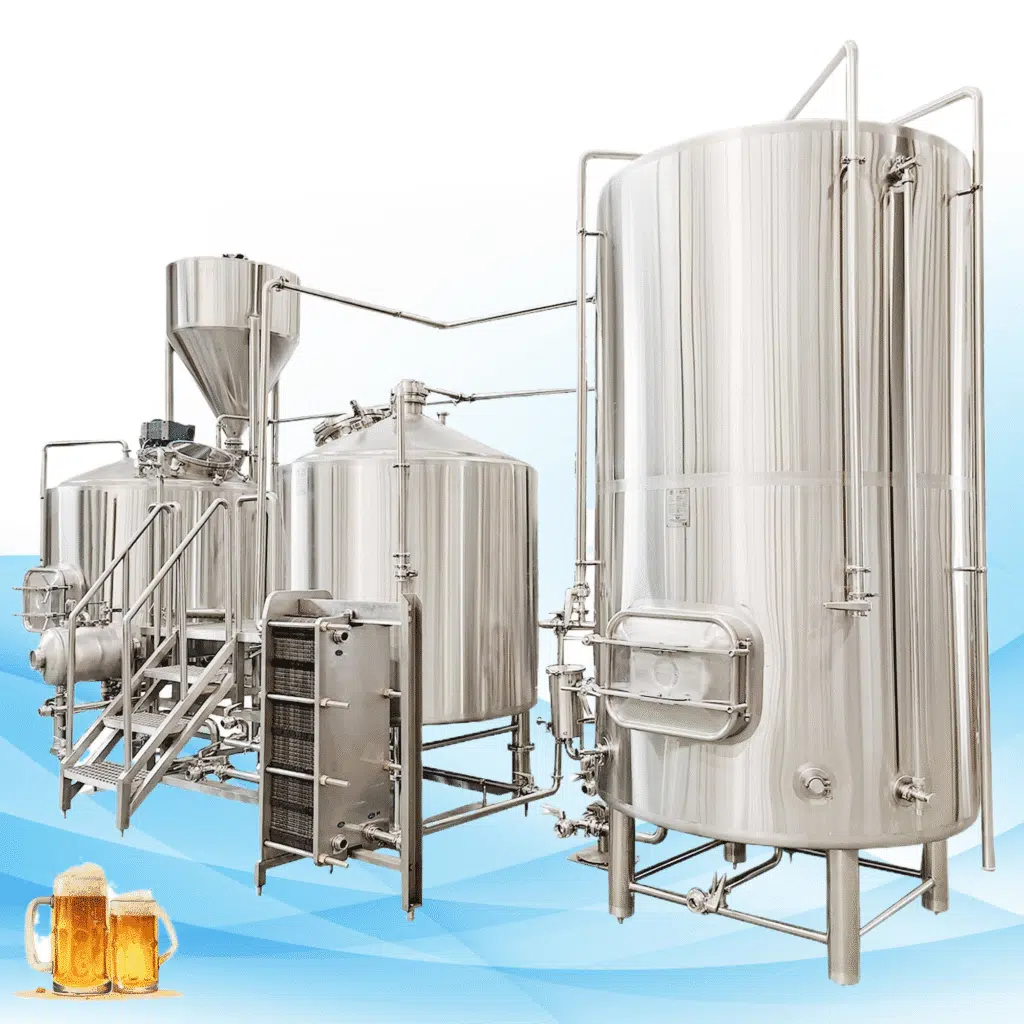
Selecting a brewing technique is as much about taste as it is about science. For example, espresso pressurizes finely ground coffee in seconds, yielding a concentrated shot beloved by some, whereas a calmly steeped pot of loose-leaf tea may reveal delicate aromas that unfold gradually. Different materials and extraction times will naturally favor one drink over another.
Even in the home kitchen, the method chosen shapes the end product. A coarse grind and cold-water drip may coax a smoother, less acidic coffee for breakfast. Swap those variables, and the same beans turn intensely savory almost overnight. Similar experiments with boil times or hop additions in beer fermentation remind us that small changes can amplify or soften specific flavor notes.
Common Brewing Questions
What’s the difference between brewing and steeping?
Steeping describes the straightforward act of allowing plant material—or, more loosely, any solid or powder—to rest in hot or cold water until the desired flavor or color dissolves into the liquid. Brewing, by contrast, usually adds heat cycling, controlled timing, and sometimes fermentation, giving the final product a complexity that steeping alone cannot achieve.
Why does the temperature matter in brewing?
Temperatures set the pace at which soluble compounds dislodge into the liquid, so small shifts can tip flavor from pleasant to unpleasant. For example, brewing coffee over 90°C can pull excess oils and acrid acids that mask sweetness, while exposing delicate green tea to

